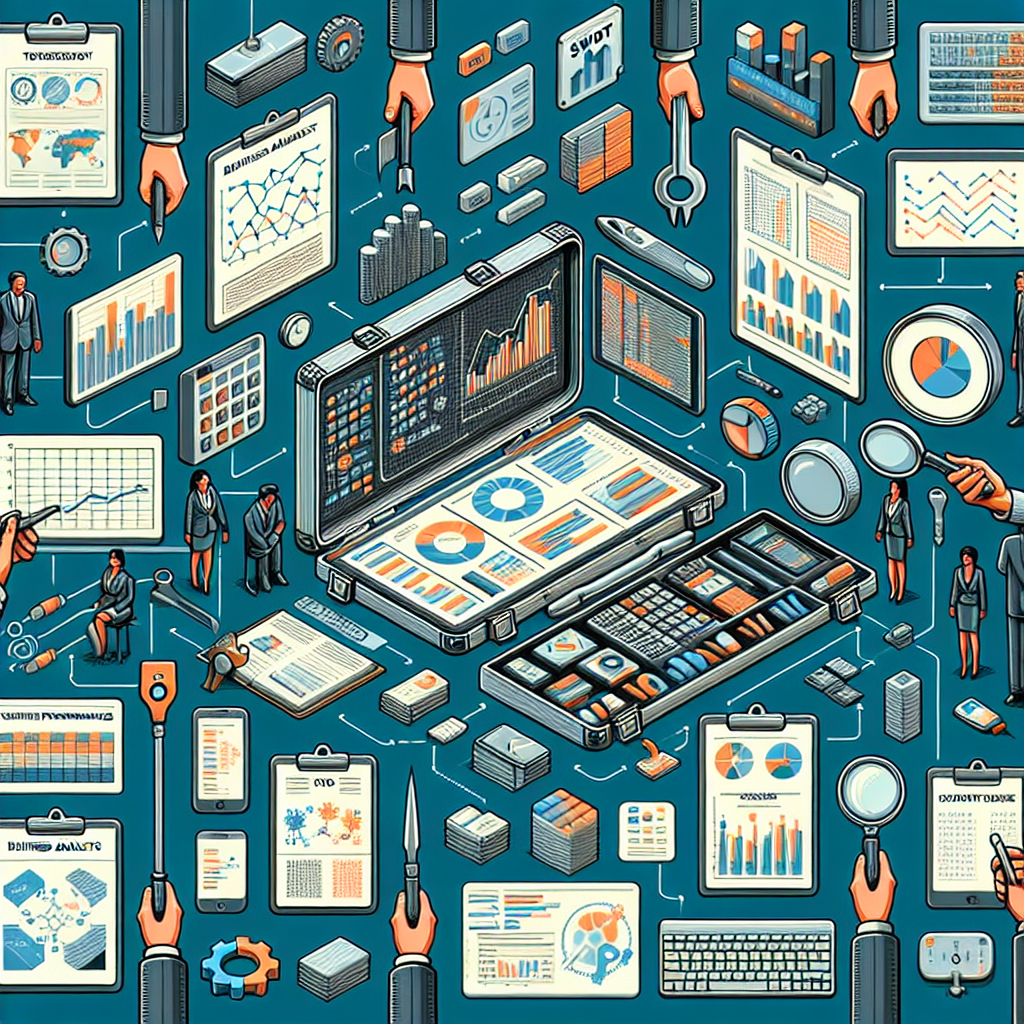My Toolkit for Business Analysis Success

What Does a Business Analysis Toolkit Really Include? When people ask me about my business analysis toolkit, I love sharing the mix of skills, techniques, and technologies that help me transform complex business challenges into clear, actionable strategies. Let me break down the essential components that make my professional approach both effective and dynamic. Core Technical Skills Data Analysis Software: Proficiency in Excel, Tableau, and Power BI Modeling Tools: Visio for process mapping and UML diagrams Project Management Platforms: JIRA, Trello, and Microsoft Project Analytical Techniques That Make a Difference Requirements gathering through structured interviews Gap analysis for identifying organizational opportunities Cost-benefit analysis for strategic decision-making Stakeholder impact assessment Soft Skills: The Hidden Toolkit Technical skills are crucial, but the real magic happens with strong communication, critical thinking, and adaptability. These interpersonal capabilities help translate complex data into compelling narratives that drive organizational change. Continuous Learning Approach My toolkit isn’t static—it evolves with industry trends, emerging technologies, and ongoing professional development. Certifications like IIBA and regular workshops keep my skills sharp and relevant. Recommended Resources Books: “Business Analysis Body of Knowledge” (BABOK) Online Platforms: Coursera, LinkedIn Learning Professional Networks: IIBA, local business analysis groups Remember, a toolkit is more than just tools—it’s about how creatively and strategically you apply them to solve real-world business challenges!
